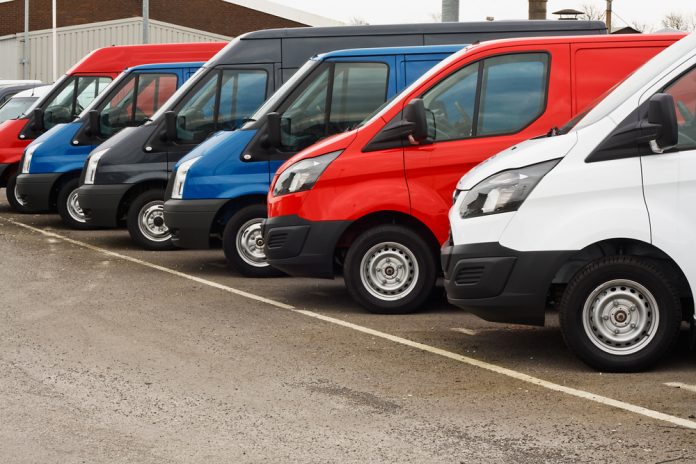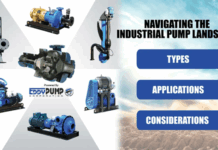Whether you’ve got a rental car business or a garage or car dealership with a number of loaners, or if you’re a plumbing contractor with four vans, a security company with a dozen sedans, or a municipality with a variety of cars and service trucks across a number of departments in different locations, your operations rely on the vehicles in your fleet. When you lose control of them, you lose time, money, and control of your business.
To run a fleet effectively, you need to keep track of your vehicles, where they are stored, where they are when they’re out on the road, and who is driving them. You’ve got to make sure they’re clean, roadworthy, and in good repair. You’ve got to keep maintenance, insurance, and accident records. You have to keep an eye on their mileage, fuel consumption, what it’s costing you to own and run them, and when it’s time to replace them.
It’s hard enough to manage it all when you’ve got just a couple of vehicles, but if you have more than a few, you should be using a cloud-based inventory and control system like Zurich Connected Cars that does away with reams of paperwork and lets you and your employees input and access every bit of important information from a smartphone.
To keep on top of what’s going on with your vehicle fleet, and to make sure you’re using it to its best advantage for your operations, your employees and your customers, here are some points to be aware of:
Remember Safety Is First
Whether you’ve got cars, trucks, vans or all three, they’ve got to be inspected top to bottom and serviced on a regular schedule. If you don’t have in-house maintenance, contract with a reliable mechanic to routinely check all engine and electronic components, brakes, tires, fluid levels, filters, gaskets and hoses, batteries, wiper blades, and all other moving parts of the vehicles.
Drivers, whether employees or customers, should be required to report even minor problems so they can be dealt with before they become major problems. Make sure you follow through as if lives depend upon it… because they do.
Know Who, When and Where
Every time a vehicle leaves your premises you should know who’s driving it, when it left, where it’s going, and when it will return. A GPS tracking system on each vehicle is important, but that alone won’t tell you everything you need to know.
Having a simple check-out and check-in system will make it easy and automatic for drivers to comply with, and save everyone a lot of headaches. So much better than having to ask where the Chevy van is and hearing that Joe or maybe Mike took it but no one knows where he was going or when he’d be back. Depending on how frequent or long the trips are, mileage should be noted at the start and end of each trip or each day, and fueling should be noted, too.
Make Sure Drivers Are in Compliance
If you’re in the rental or leasing business, you already have procedures for confirming that drivers are licensed, insured, and otherwise qualified to drive. But if your employees are the ones driving your vehicles, whether they’re compact cars or forklifts, it’s imperative that you confirm that their licenses remain current and valid, that their driving records are acceptable, and that everyone is signed on to safe driving practices regarding use of medications, drugs and alcohol, and protocols for pulling to the side of the road for texting or inputting and receiving dispatch, directions, and other information via smartphones or other devices that require taking eyes off the road.
Employees also need to know and be compliant with company policy regarding passengers, and be aware of laws and company policy regarding maximum driving and break times. They also need to know what to do if they receive parking or moving violations as well as how to document and report accidents if they occur.
The National Safety Council has a free toolkit you can download that provides resources including videos, fact sheets, FAQs, infographics, posters, and other materials that fleet managers can use in a continuing safe driving education program for drivers.
Find a Home-Based Business to Start-Up >>> Hundreds of Business Listings.

















































